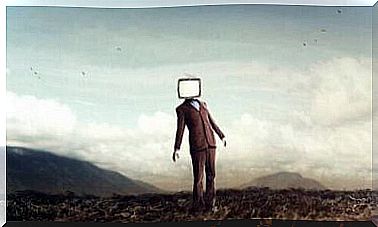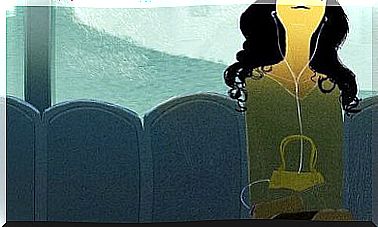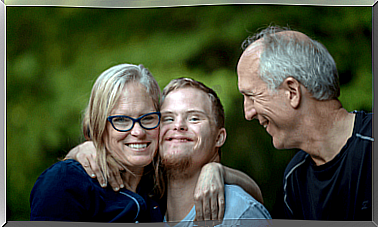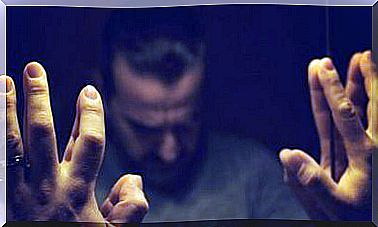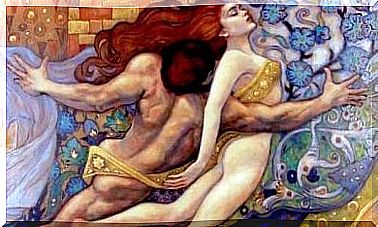Brief History Of Psychotherapy

The history of psychotherapy is relatively recent. In fact, we cannot speak of it properly until the last quarter of the nineteenth century, when mental illness was detached from supernatural conceptions.
However, in the meantime, society has always been interested in explaining some phenomena that occurred in people, for which a clear biological cause could not be found.
If we go back to the most distant beginnings, tribal societies spoke of souls that would be present in all natural objects. They believed in animism and thought that illness was a phenomenon of possession carried out by a strange soul.
The methods they had until then were the ceremonies for the recovery of that lost soul, exorcism, confessions and incubation.
The beginnings of psychotherapy in ancient Greece
A little later, in Greece and in the old world, we find the origin of contemporary psychotherapy and its rational thought, as well as philosophy and medicine.
In this context, Aristotle distinguishes the different uses of the word ensalm. It was a persuasive word according to which human beings change.
Plato pointed out the beneficial effects of a beautiful speech on the soul and body. Some of his observations about passions, dreams, and the unconscious seem to be antecedents of Freudian thought.
We cannot fail to mention Hippocrates and Galen.
- The Corpus Hipocraticum is one of the hallmarks of modern medicine. Hippocrates related diseases to organismic states and postulated the existence of four bodily humors associated with a temperament, namely: blood-blood, phlegm-phlegm, choleric yellow bile and melancholic black bile.
- Galen, on the other hand, developed Hippocratic postulates and drew a distinction between supernatural, natural, and unnatural things.
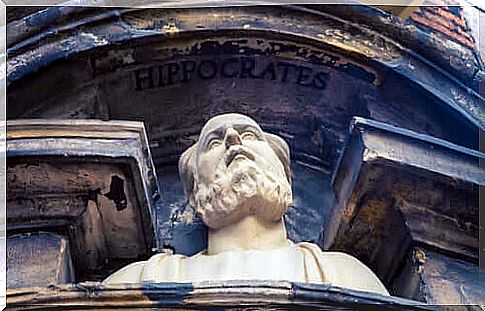
The history of psychotherapy in the Middle Ages
In the Middle Ages, the Church considered mental illness as a product of the devil’s will. Confession was the vehicle of healing.
Later, in the Renaissance, authors such as Pinel, who introduced moral treatment for the mentally ill, began to stand out. These patients started to be humanized, and the disease started to acquire an optimistic conception.
As already mentioned, psychotherapy appears as such in the 19th century. Cobbe used the term “psychotherapeutic” in an article in which he defended the role of faith in healing. At this stage, a key element was the fact of isolating diseases for which an anatomical lesion could not be found.
On the other hand, mesmerism was discarded and hypnosis was seen as an acceptable procedure. Hypnotic suggestion has become the most common therapeutic procedure.
From this current emerged followers (the “fluidists”) and opponents (the “animists”). The Marquis de Puysegur was one of the animists. He used hypnosis as an “artificial somnambulism”, with which he allowed the patient to recover memories that he could not obtain outside of that state.
Braid later coined the term hypnosis and defined it as a nervous dream. Subsequently, and based on these advances, the Nancy schools emerged, with Liébault and Berheim as representatives.
They abandoned hypnosis creating the same state, but in waking state. This state was then called “psychotherapy”.
In 1895 a Viennese neurologist named Sigmund Freud published with Breuer Studies on Hysteria . With her, they developed the cathartic method, applied to the patient Ana O.
Later, they developed free association, through which the patient lay down on a couch and talked freely about some subject in his biography.
Development to the present
After psychoanalysis, several alternative approaches emerged, such as that of Carl Rogers, more centered on the person. Later, behaviorism was presented as a tool that understood disorders as learning.
However, it was only in the 60s and 70s that behavioral therapy was consolidated with authors such as Skinner and Wolpe.
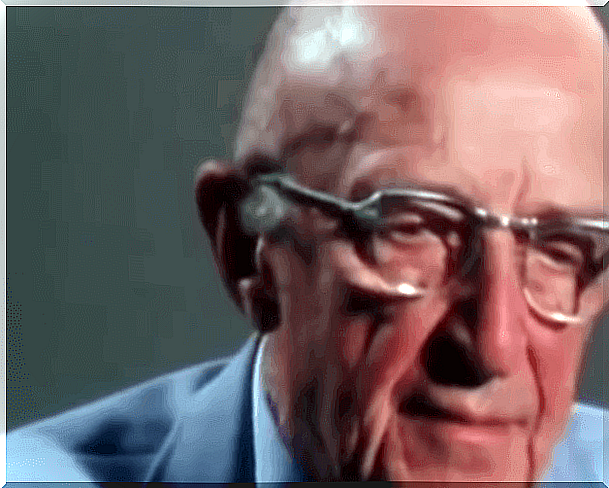
In addition, models such as the Humanist Psychology led by Maslow and his pyramid of needs, and the Systemic Model, applied mainly to family therapy , emerged.
On the other hand, cognitive models appeared as an evolution of behavioral theories based on learning. Its representatives are Beck, Ellis, Mahoney and Meichembaum.
Finally, from the 1990s onwards, Third Generation Therapies began to emerge. They involve a return to radical behaviorism, taking the cognitive part into account, but not trying to change its content, as the rationalists did, but focusing on the patient’s relationship with that part.
What is clear today is that psychotherapy is more effective than no treatment, but that it would not be possible to establish significant differences between the different approaches, and that they should be considered equivalent.
